Ultrawide LCD

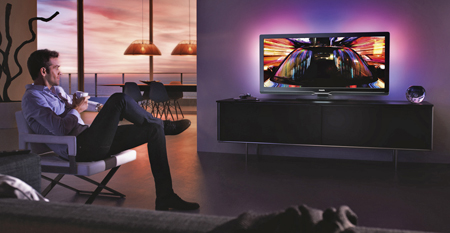
So it was a bit surprising that the Dutch megacorp recently announced a stunning innovation in LCD TVs—the world's first with an aspect ratio of 21:9 (2.33:1). This nearly matches the cinematic aspect ratio of 2.35:1, allowing it to display such movies without the hated black bars above and below the image.
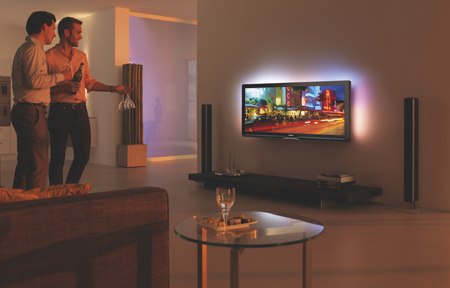
Dubbed the Cinema 21:9, this TV's screen measures 56 inches diagonally with a native resolution of 2560x1080. An auto-formatting function can resize 16:9 material to fill the screen, or—thankfully—this function can be disabled to display everything in its native aspect ratio, sort of like an anamorphic lens being moved into and out of position on a front projector.
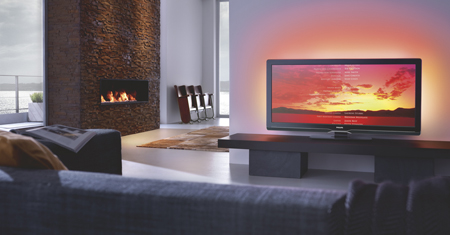
The Cinema 21:9 also sports Philips' three-sided Ambilight technology that projects light on the wall behind the TV. Normally, the light changes color and intensity according to the onscreen content, which is intended to "extend the picture beyond the confines of the screen."
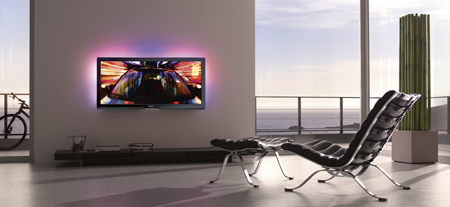
I find this to be very distracting, so I'm very glad that, like other Philips Ambilight TVs, this one can be set to a constant color and intensity. Why not just turn it off if it's distracting? Because setting it to a static color and intensity lets it act as a "bias light," a light behind the TV that relieves eye strain when watching a bright image in a dark room. The color should be a specific shade of white technically known as D65, and the intensity should be 10 percent of the TV's peak-white light output. Fortunately, Ambilight can be set to match these criteria, but not without the right—and expensive—test tools and training.
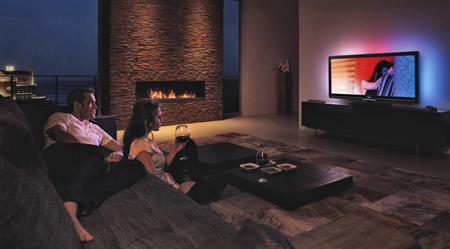
I've reviewed a couple of Philips flat panels over the years, and I've not been all that impressed, especially with the menu system, which was poorly organized and obscured the image I was trying to tweak. The color and grayscale accuracy were okay, but the black levels were rather high, even on a plasma TV. On the plus side, I really like the Ambilight system when it's used as a bias light.
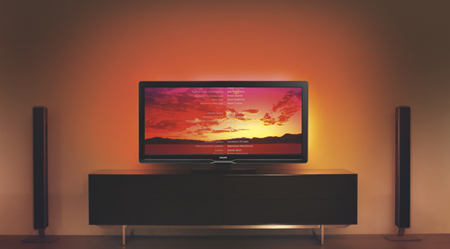
Currently in limited distribution in select European countries for 4000 Euros (over $5000 as of this writing), the 56-inch Cinema 21:9 is not scheduled to be introduced into the North American market, though that could change if demand and availability are sufficient. In any event, it's an important statement product that could point the way toward a future with ultrawide TVs made specifically for movies.
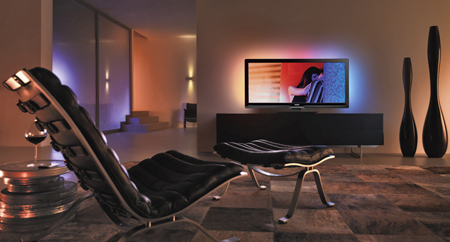
- Log in or register to post comments






























































